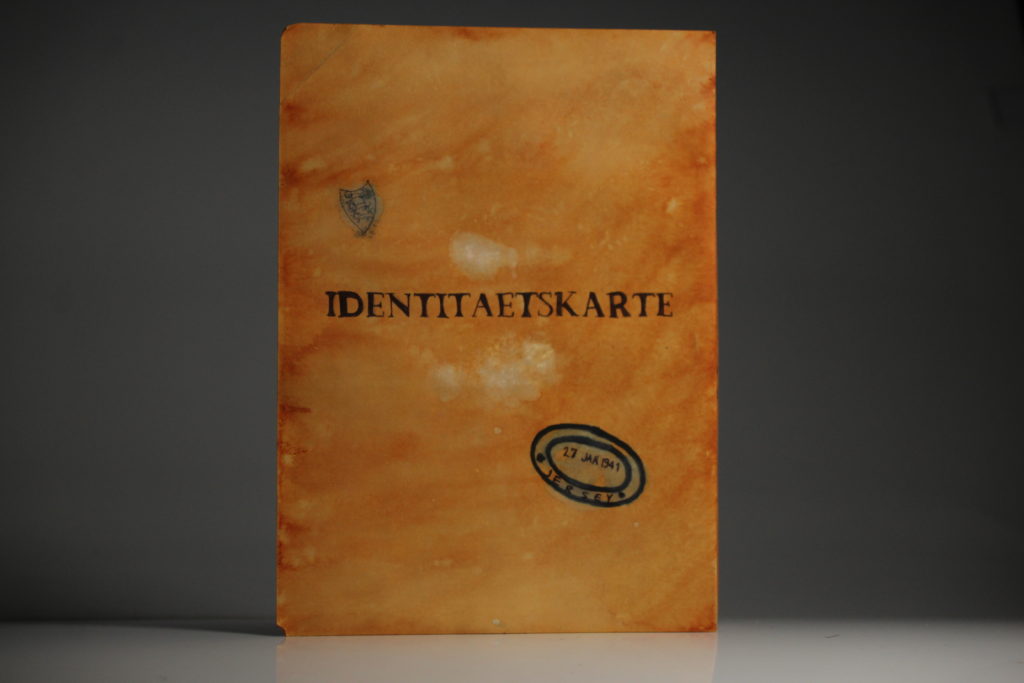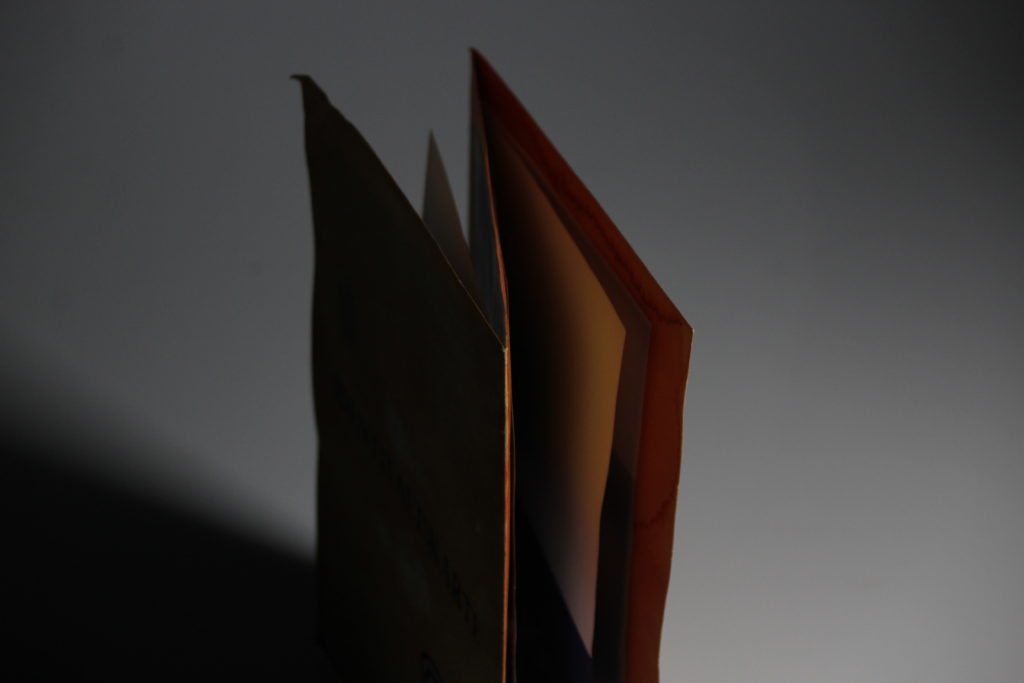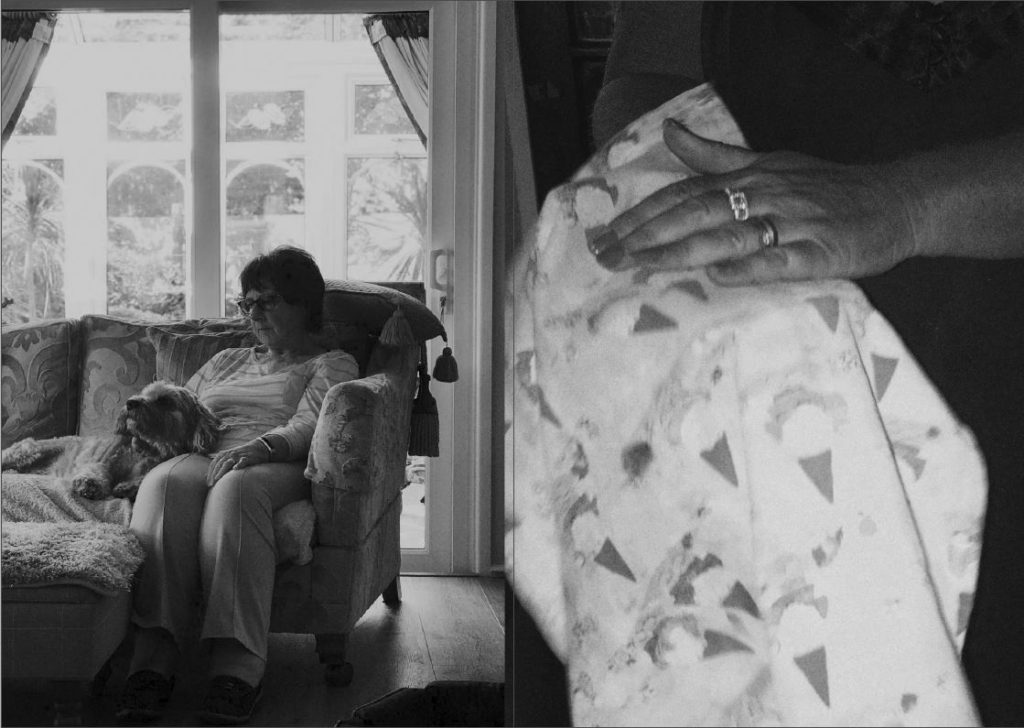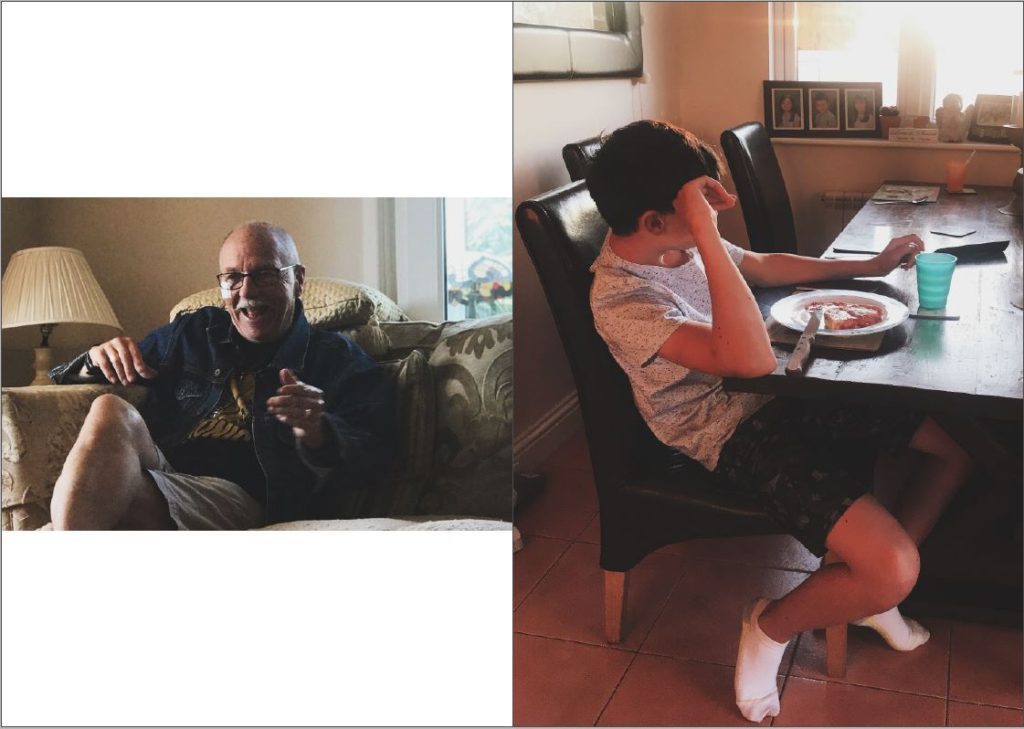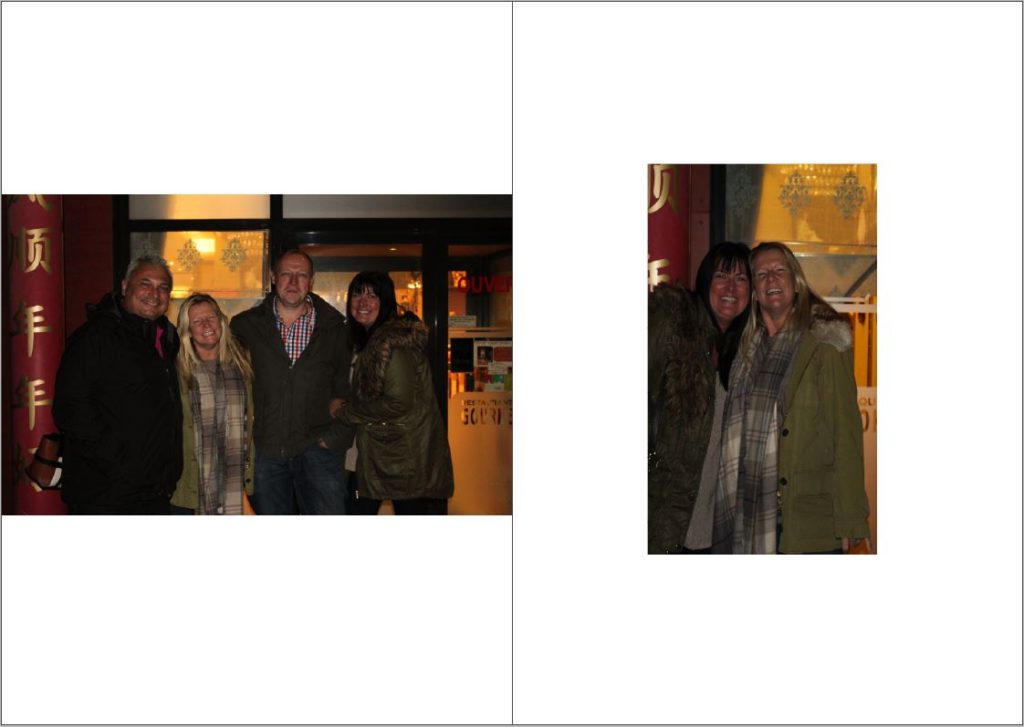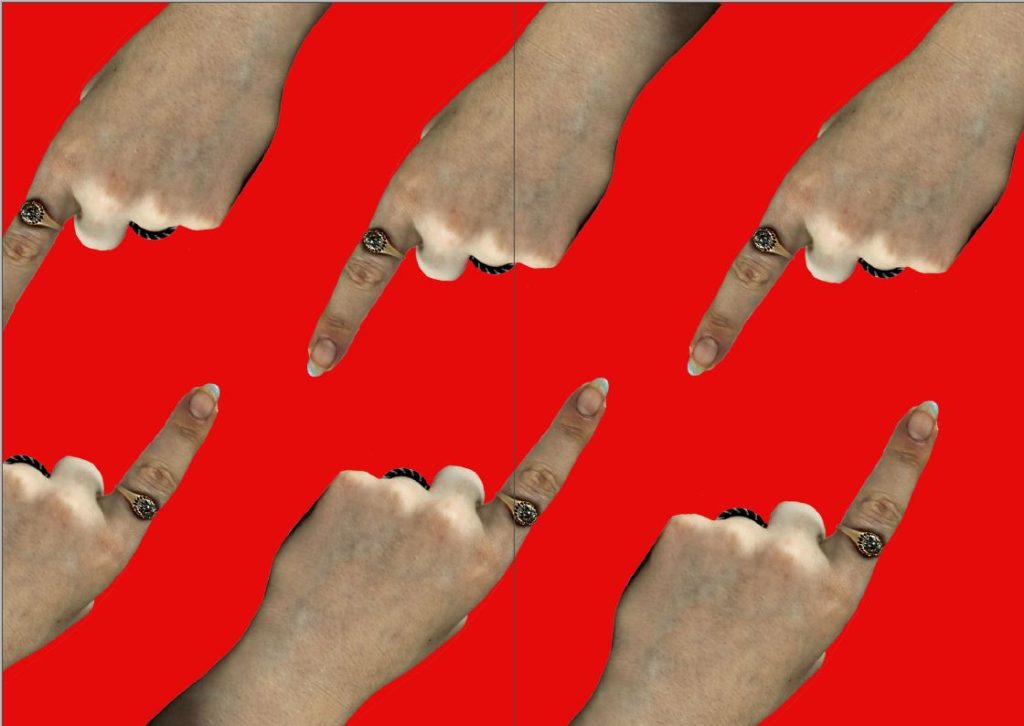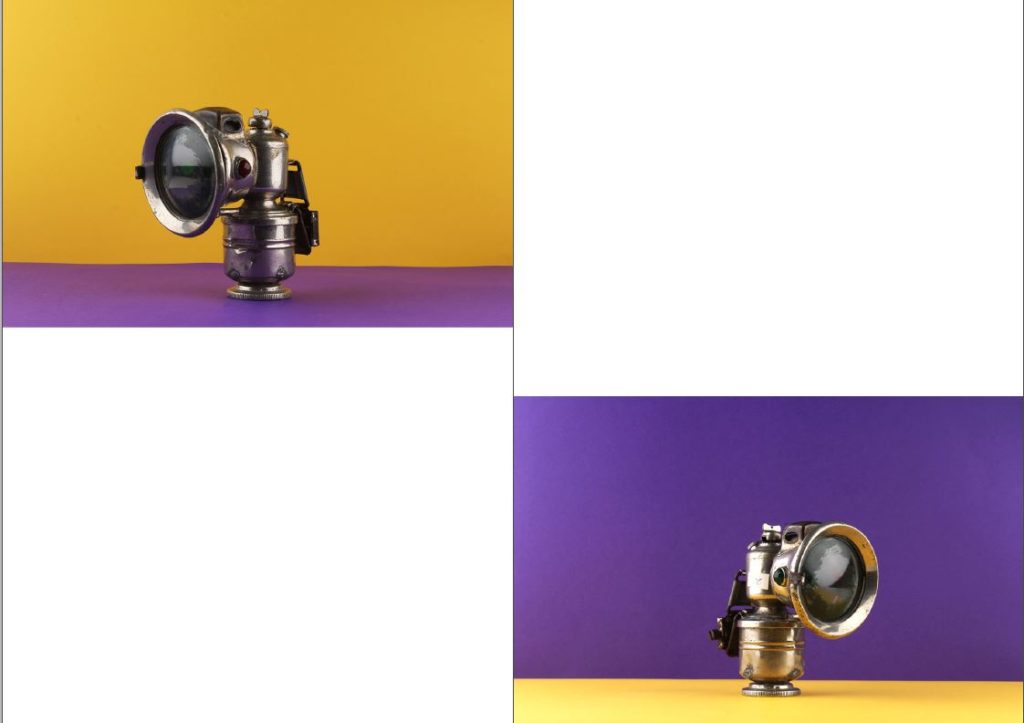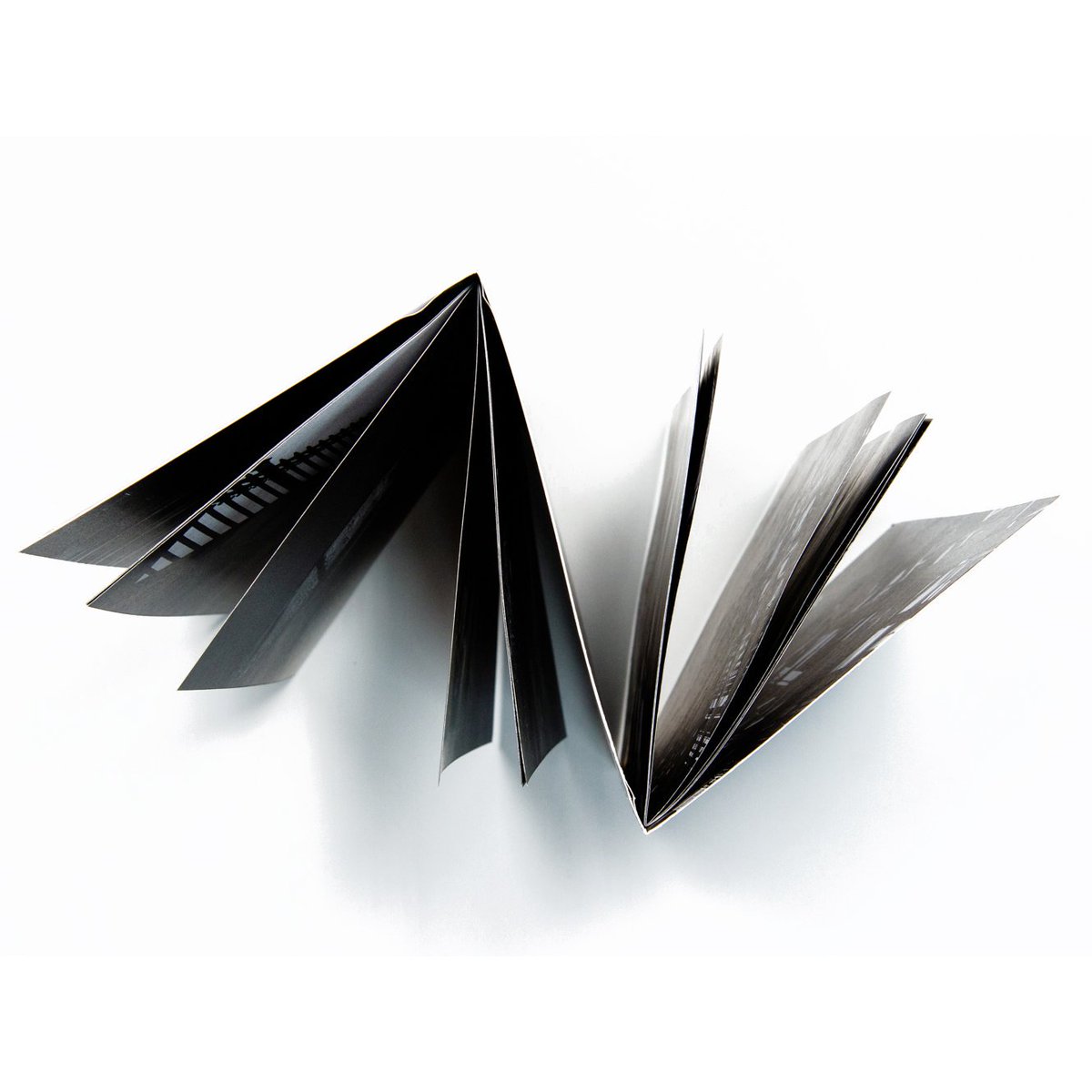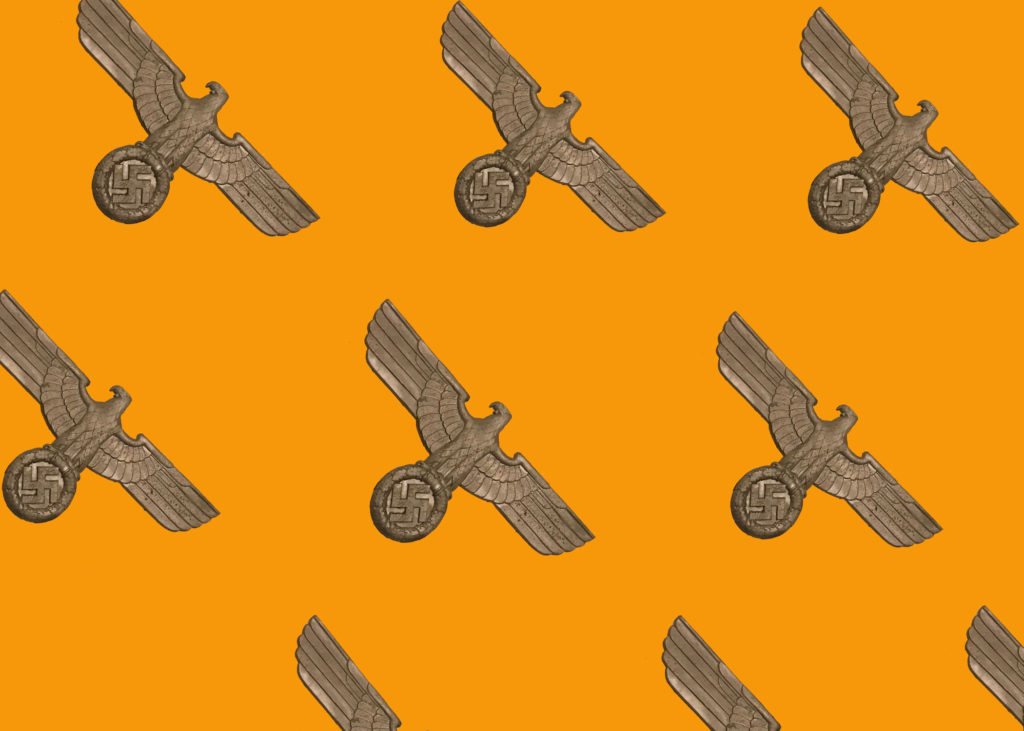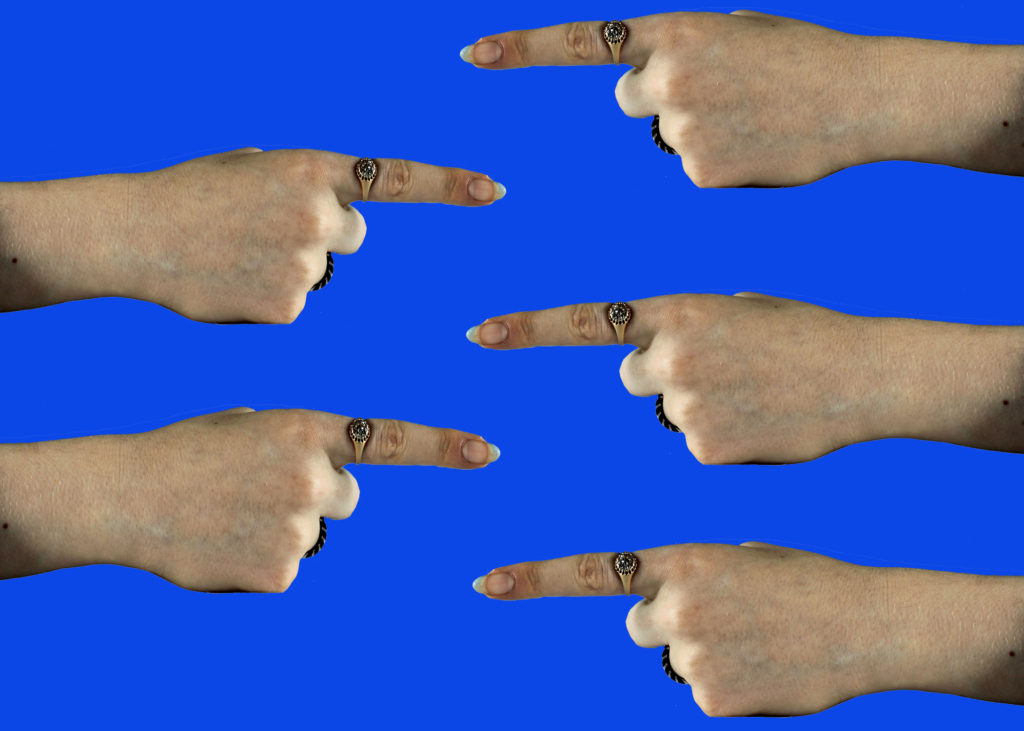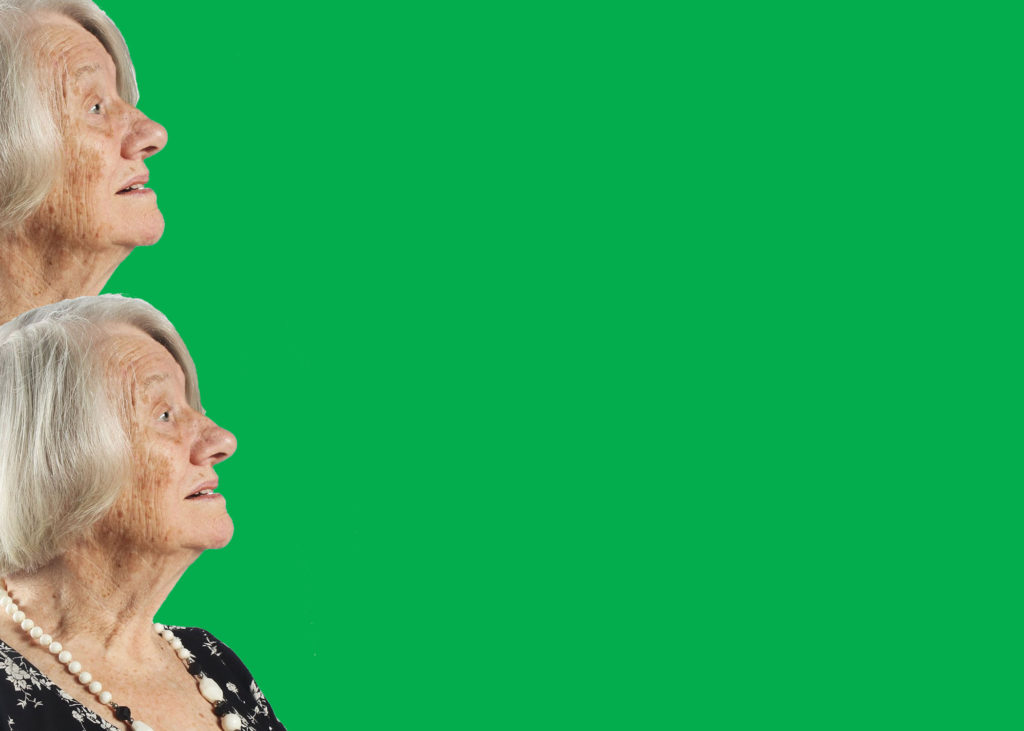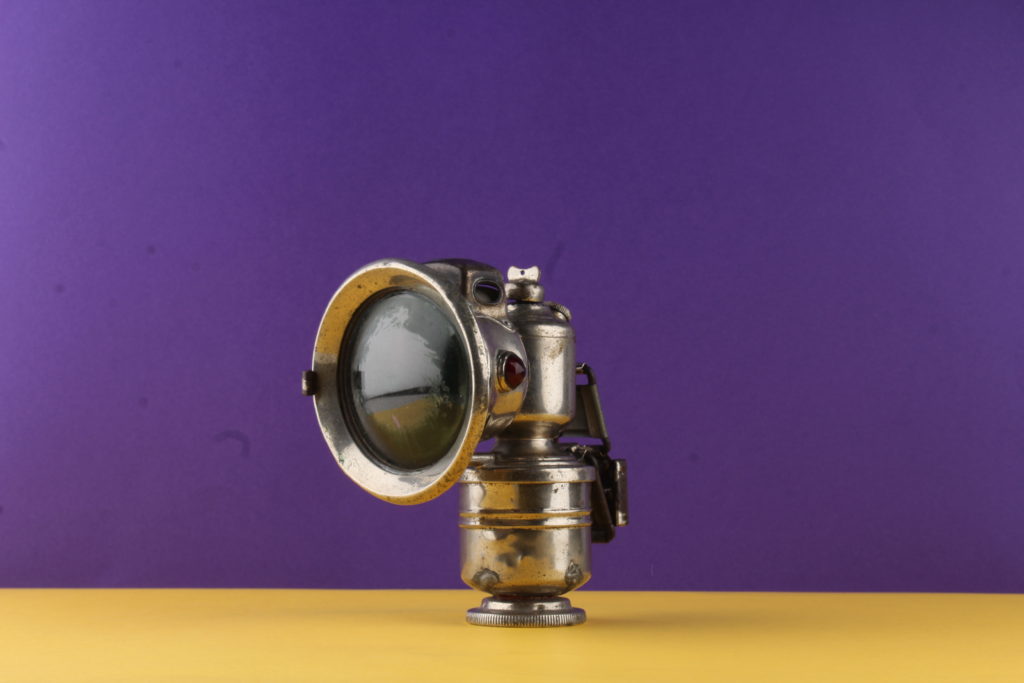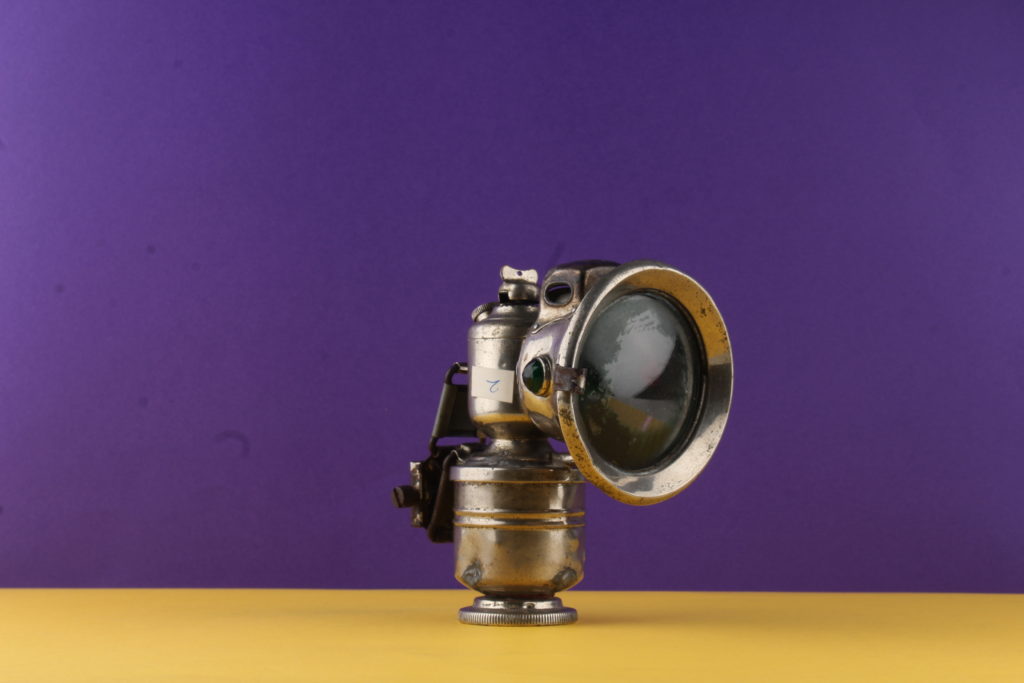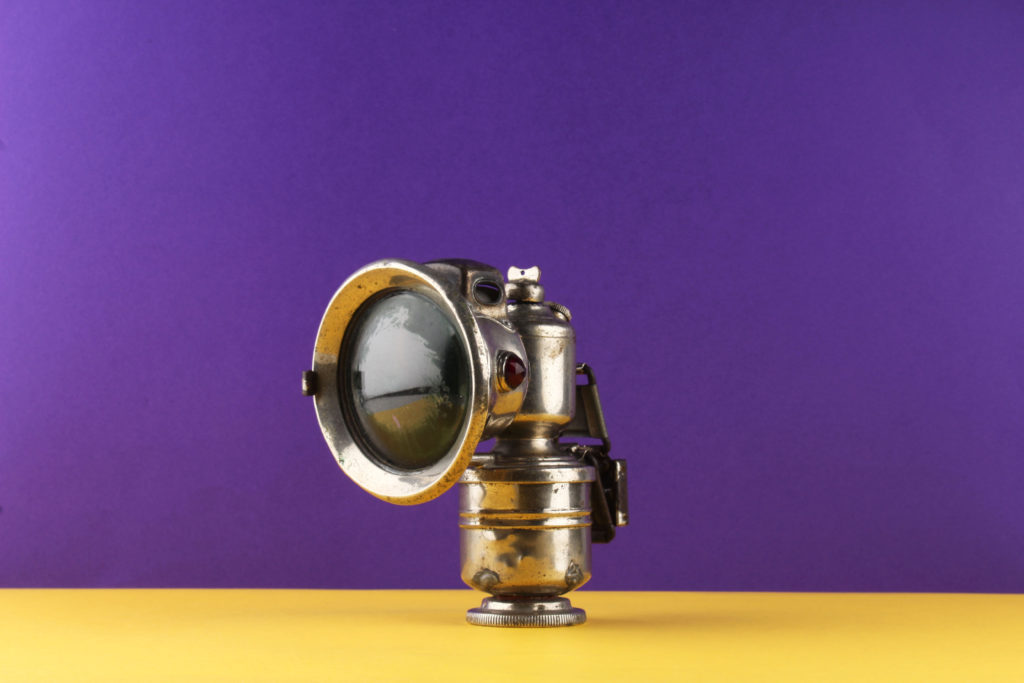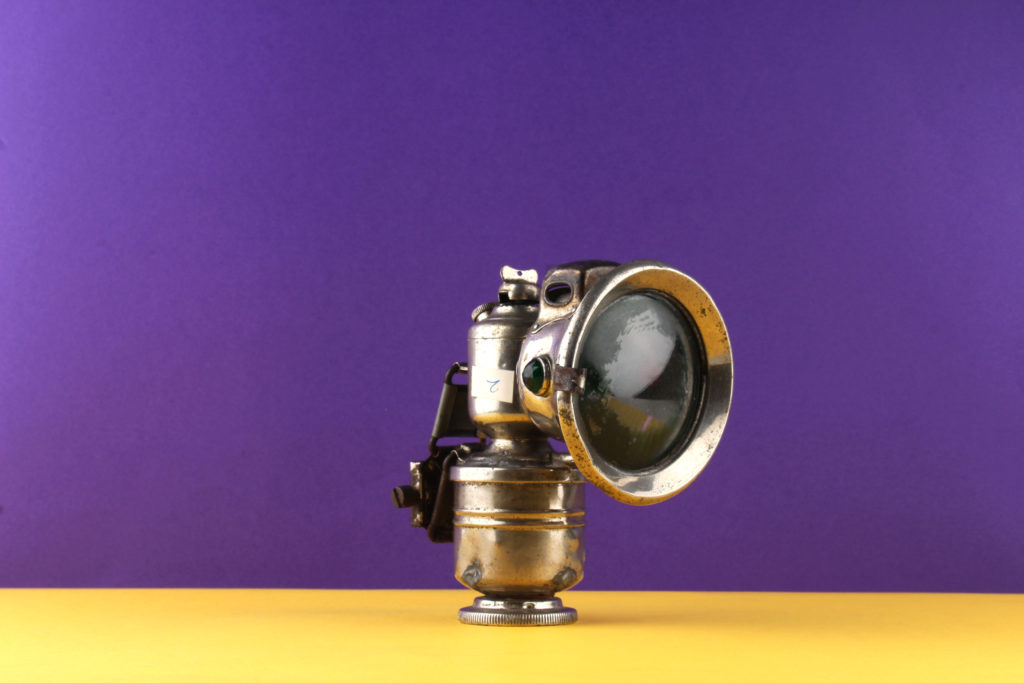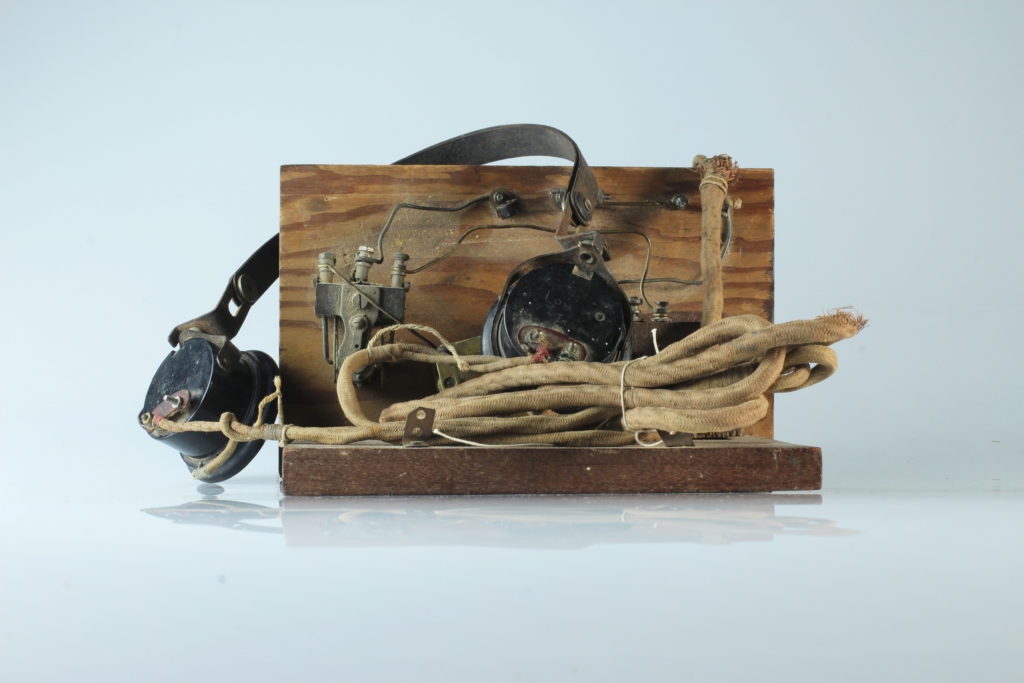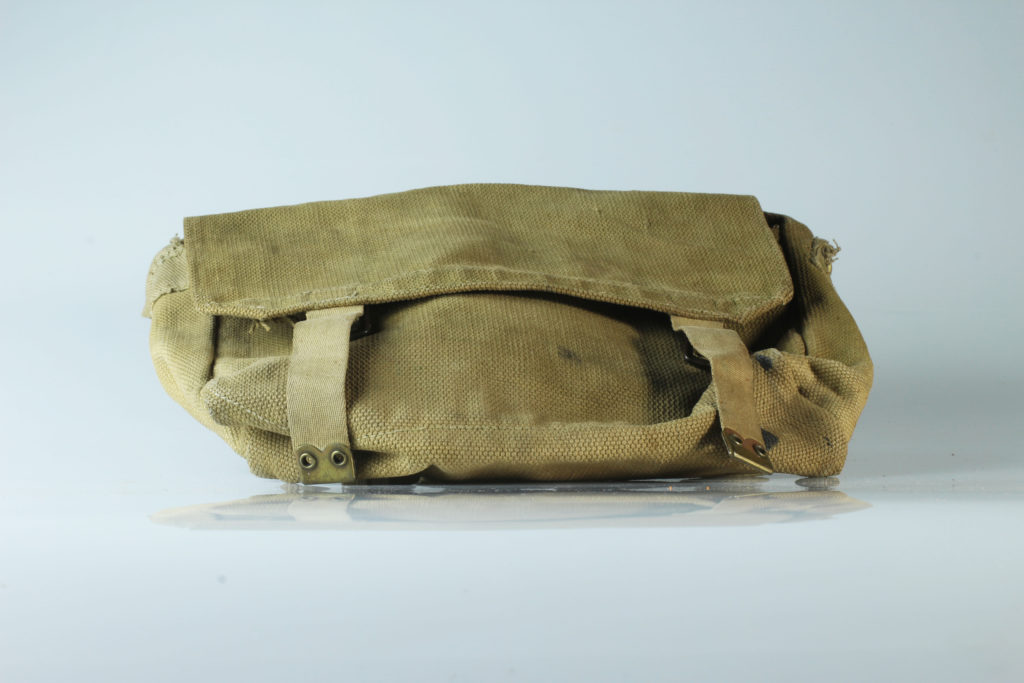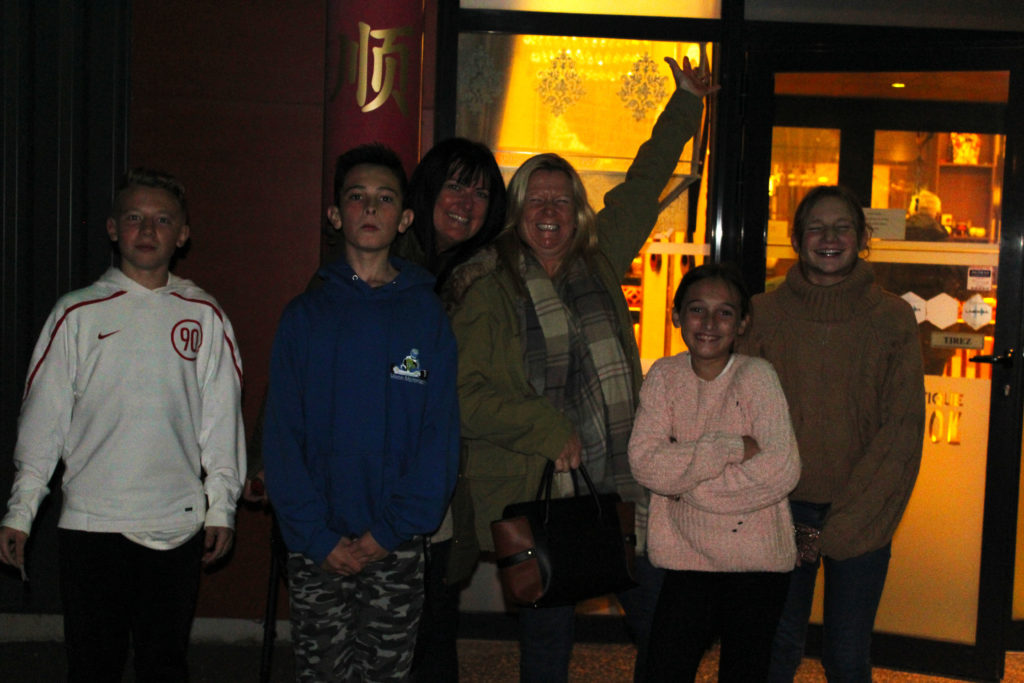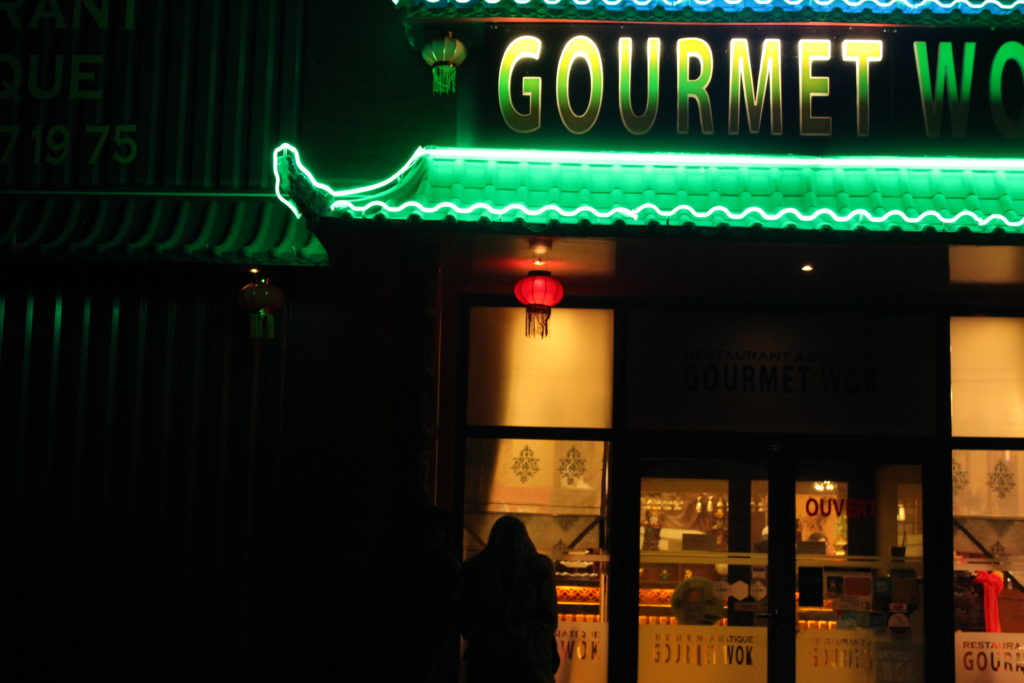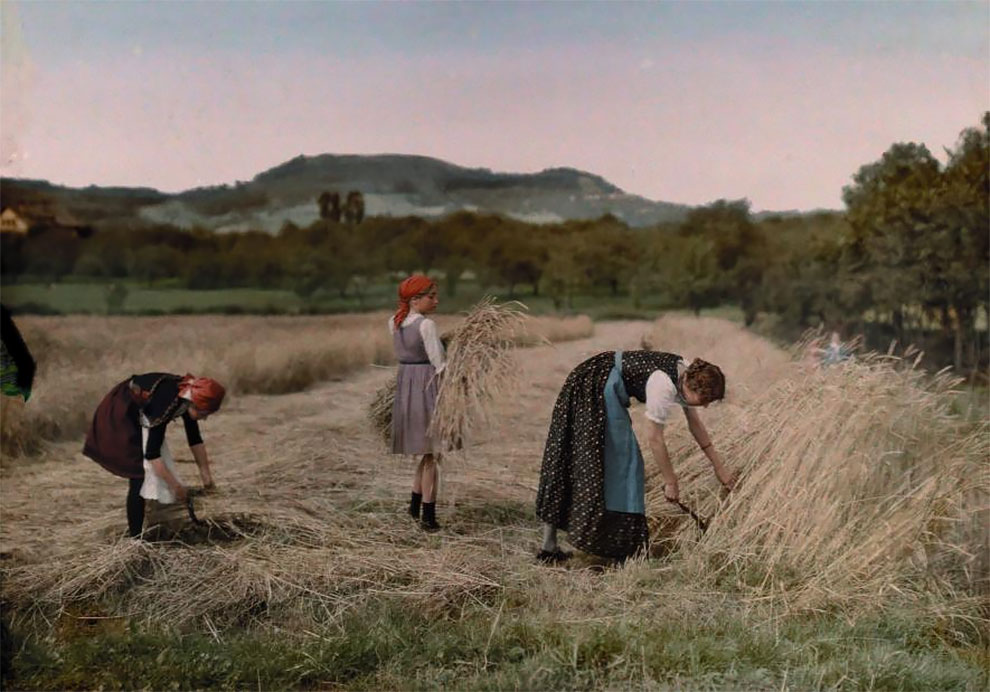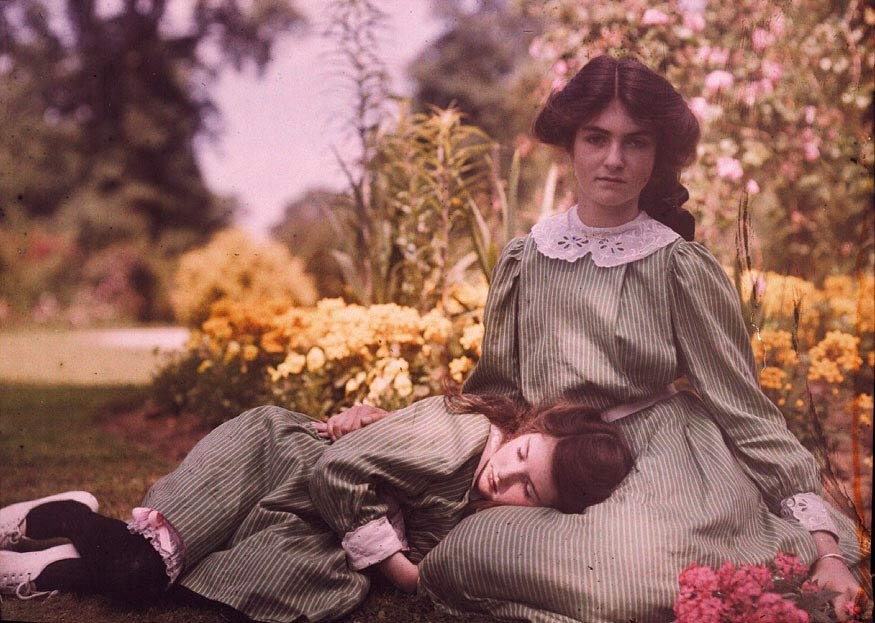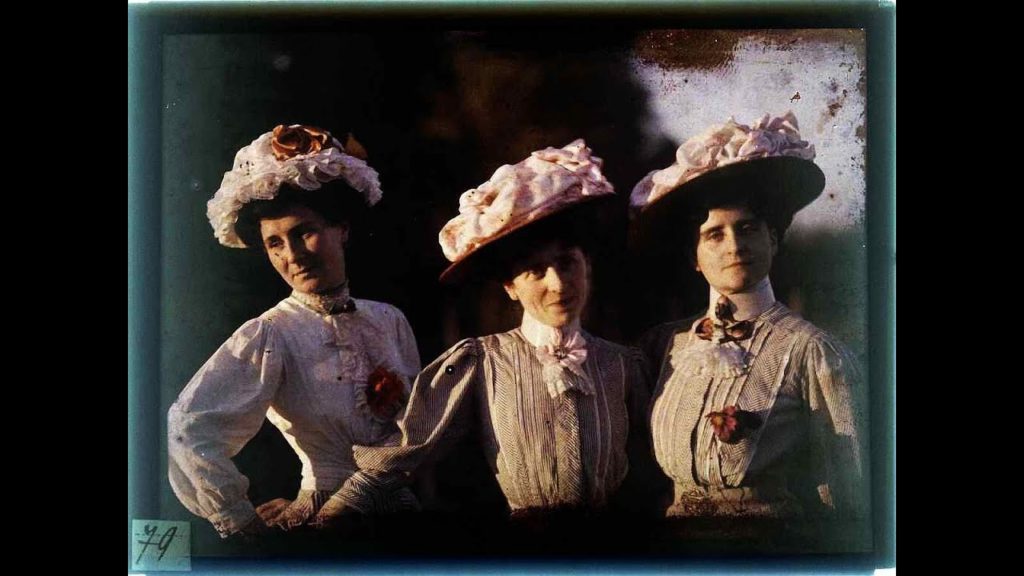Over the course of 3 months I have learnt a variant of skills regarding editing and creating my final zine. Firstly, I became familiar with using InDesign and creating a narrative zine by editing and selecting relevant images that related to the Occupation Vs. Liberation title. The part I enjoyed the most about creating my zine was physically constructing it into a more visual narrative that was easily ledge able. The most enjoyable section which contributed to my zine was images from an assignment called ‘Home Sweet Home’, because it let me experiment with my personal ideas of occupation and liberation. It aided me in also exposing myself to different ways I could perceive a topic, abstract it and make it my own.

Throughout the People/Portraits section of this topic I learnt the importance of focus along with foreground and background. I learnt that in order to focus on a face you actually have to focus on something else in order for the depth to capture the details. An example of this in my work is when I was taking candid images for ‘Home Sweet Home’, I focused the camera on my grandpa’s hands instead of his face.
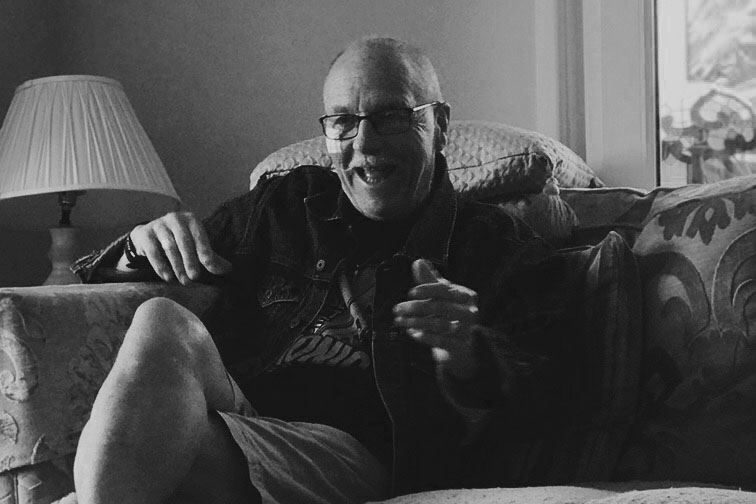
Another Technique I learnt was using flash in the studio on the infinity screen with coloured backdrops and historical objects as the centre focus. Using the technique of flash photography to create an even lighting set-up that responds to my shutter press. I also re purposed my knowledge of the colour wheel to benefit my colour schemes of my background. This benefited my work because it added a new spruce of colour to my work.
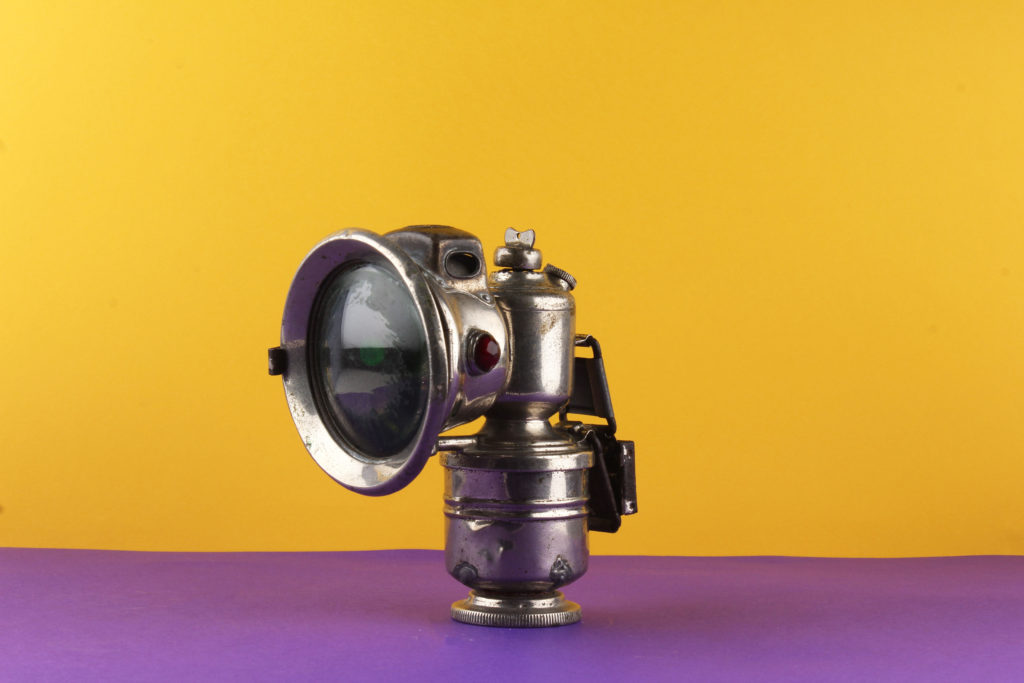
Next Steps
In continuing under the title of ‘Occupation Vs. Liberation’ I’m starting a new personal topic on how I interpret it. My new inspiration for this title is the liberation of my mind.

My next project will be covering the idea of finding my sense of purpose and belonging and physicalise what I see day to day. It is not a mental health awareness topic at all, that is not my aim. It’s visualizing how the un-explainable feelings can be explained through images and compositions. My intention is to not portray sadness or pain, i’m just wanting to liberate the stigma behind these feelings.
First Photo shoot
For my first photo shoot, I plan to take self-portraits and disfigure them by scratching my face out of them.


